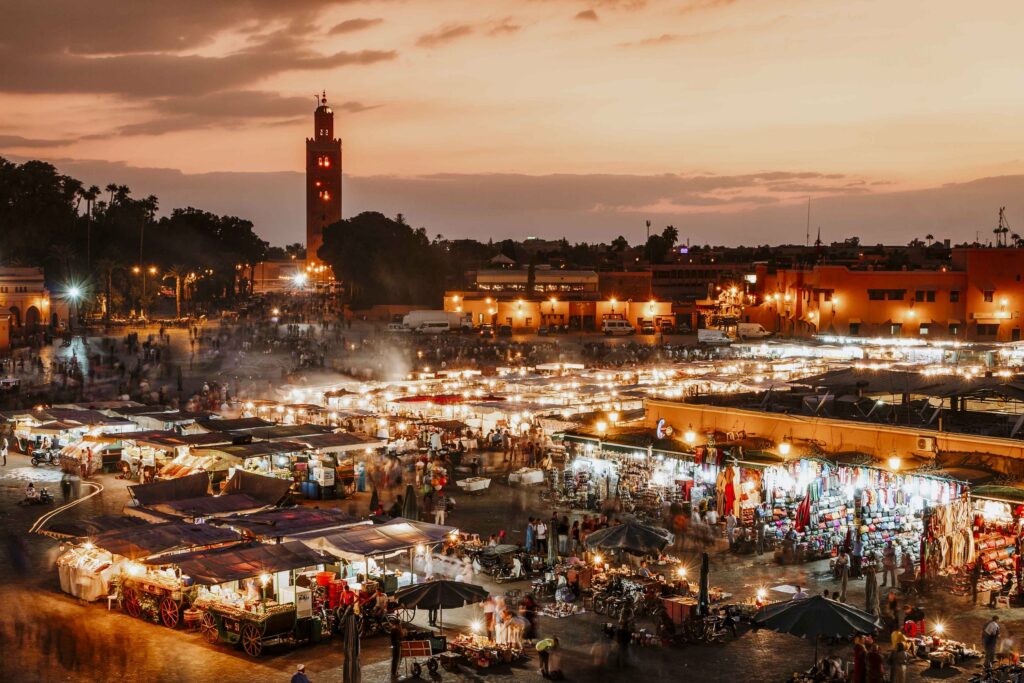The Jemaa El Fnaa Square in Marrakesh is the most famous worldwide. It serves as a street food, shopping, and entertainment location today. However, this tourist destination has a troubled past. It was initially used to call up troops and execute death penalties. In ancient times, these squares served in multi-purposes. The majority of the older Moroccan cities contain public squares. The Royal Palace or the main entrance is visible from these squares. They also served a variety of purposes.
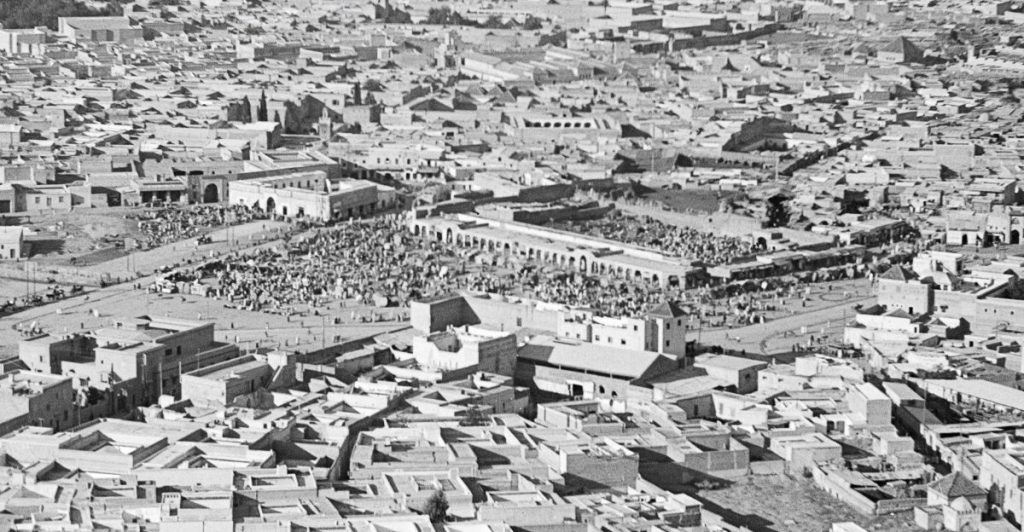
Aerial view of the square in 1930-1931
Location of Jemaa El Fna
History of Jemaa El Fna Marrakech (Morocco)
A square acted as a fortification that was level and easy to defend against any potential attack. It served as a venue for military parades as well. Before sending their armies to combat, sultans would gather their troops to demonstrate their martial prowess. Plazas staged rituals for the sultans’ oath of loyalty. Additionally, it observed religious holidays. Plazas were utilized to uphold the law and punish offenders. Even a location where those who disobey the ruling authority are publicly sentenced to death. It was also used as a trading market, and weekly marketplaces were held in the squares.

The 7 Incredible Historical Facts About The Square
Djemaa El-Hna: The origin of Ruin
Many people have attempted to find out what Djemaa El Fna means. A Saadian Prince chose to construct a mosque in the middle of the 17th century. He gave it the name Djemaa El-Hna. This translates as “the mosque of happiness” in Arabic. However, some awful things happened. The building still needed to be finished. As a result, the mosque’s name was changed from El-Hna (Happiness) to El-Fna (Demolition).

Heart Of Marrakesh: Gathering Place
The hub of Marrakech has always been the Jemaa El Fnaa Plaza. Marrakesh had three urban blocks, like some other significant Moroccan cities. The Kasbah, the royal area; the Medina, the true historic city; and the Mallah, the Jewish neighborhood. Since antiquity, the Jemaa El-Fnaa square has served as a gathering place for these three city areas. These neighborhoods stood apart from one another.
Additionally, all urban residences have their doors locked at dusk every day. Communication between various areas of the city at night became quite challenging. The Djemaa El-Fnaa square became dangerous in the evening. Without guards, it wasn’t easy to navigate the plaza.
The Slave Market
The Slave Market was a marketplace located close to Jemaa El Fnaa. During the 19th century, this market was no longer in operation. A renowned slave market was there. The slaves for sale in this market were second-class or inexpensive. The first-class enslaved people remained inside the residences of the slave dealers. And confidential agreements were being reached.
The Main Trading Market for Vegetables and Fruits and Goods
Orange juice is a popular refreshment in Marrakesh, especially in the bustling Jemaa El-Fnaa Square, which is not only a marketplace but also an intangible cultural heritage site. This vibrant cultural space is a hub of activity, with locals and tourists alike gathering to experience the lively atmosphere and cultural exchange.
In addition to orange juice, visitors can indulge in traditional Moroccan mint tea, which is often enjoyed in the heart of the city at iconic food stalls. Here, henna tattoo artists showcase their skill, offering intricate designs that are a masterpiece of the oral and intangible heritage of humanity.
There used to be two sizable marketplaces in Marrakech. Jemaa El-Fnaa Square hosted one with several agricultural goods and animals every Thursday. Every Tuesday, the second market was conducted beyond the walls, in front of Bab Doukkala Gate. The people who lived in the countryside brought their wheat, butter, oil, dates, and other goods.
Exploring the square in Marrakech is like stepping into a world heritage site, where every corner reveals a new wonder. From the vibrant colors of the market stalls to the mesmerizing sounds of street performers, the square is a true reflection of Moroccan culture and tradition.
The Hanging Gallows
Executions of death sentences against rebels and criminals have taken place in this square. According to historians, the Marrakesh government selected a butcher for a mission. He was given the order to behead guilty individuals. A Jewish man retrieved The decapitated head, salted it, and nailed it to one of the fences. And in exchange for their abhorrent labor, the Jewish and the butcher received payment. According to a British historian, forty-five persons were beheaded one day in 1867.
Storytellers in Jemaa El Fna
The square has been hosting entertainment events since the 17th century. The diverse and rich Moroccan heritage was made clear by these events. During the peaceful early morning hours, storytellers entertained audiences with humorous tales. And the jokes, criticism, and legends were well-received. The activity in the square increased throughout the day. The area started to fill with the sounds of music and raucous singing. Fortune tellers, astrologers, dream interpreters, snake charmers, acrobats, and humorists can all be found here.
The Great Detonation
Djema El Fnaa Square was devastated by a huge explosion on January 24, 1864. In a hotel in Jemaa El Fna Square, 400 quintals of gunpowder were kept. These explosives were exposed to fire in some way. And the result was a catastrophe. The square was packed with people as dusk fell. A substantial portion of the hotel was in the air. All of the participants’ bodies and bones were left lying around. There were 300 fatalities. Around the square, many homes were destroyed and reduced to ruins. There have been rumors that some government officials were responsible for this heinous act. They wanted to avoid a monitoring expedition that may uncover the misuse of public monies.
A Photo Tour of Jemaa El Fna
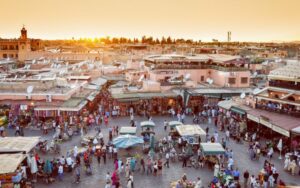
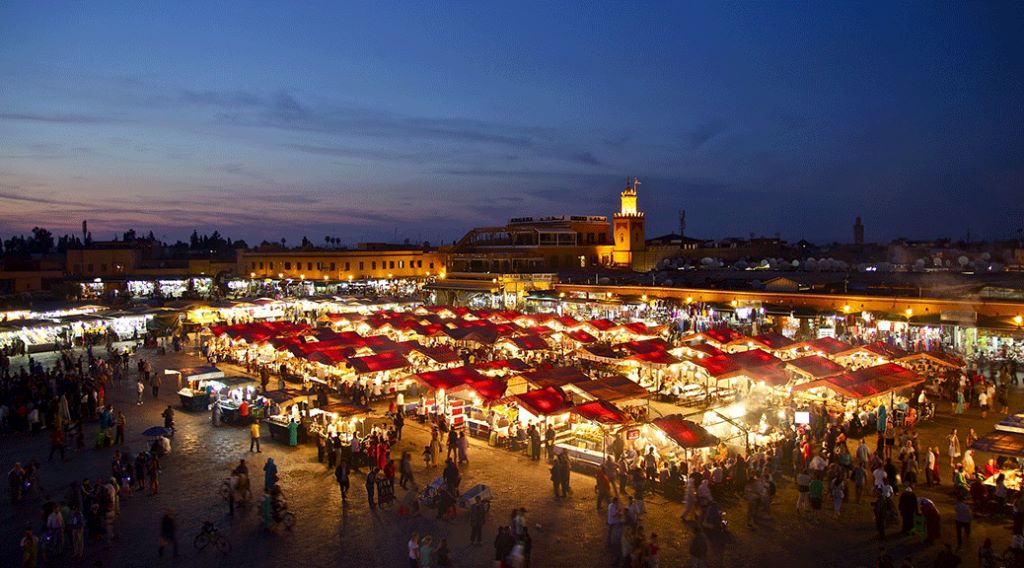
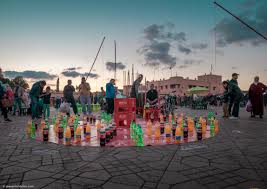
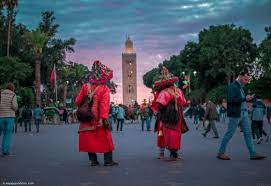
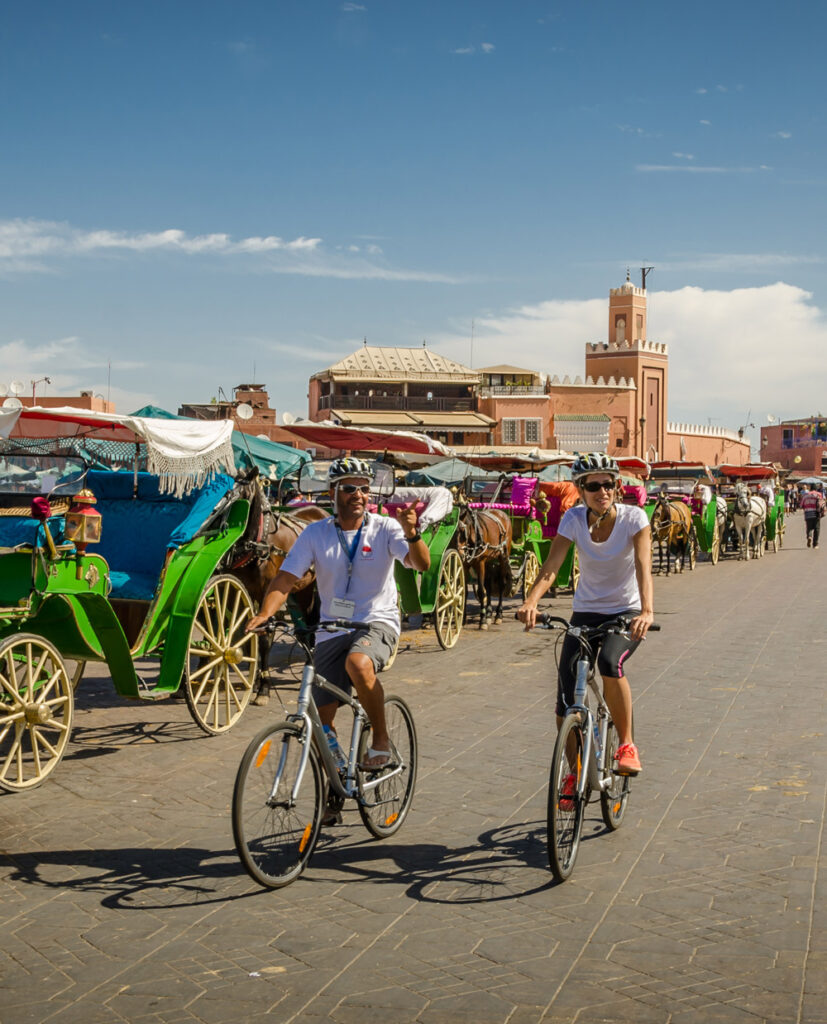

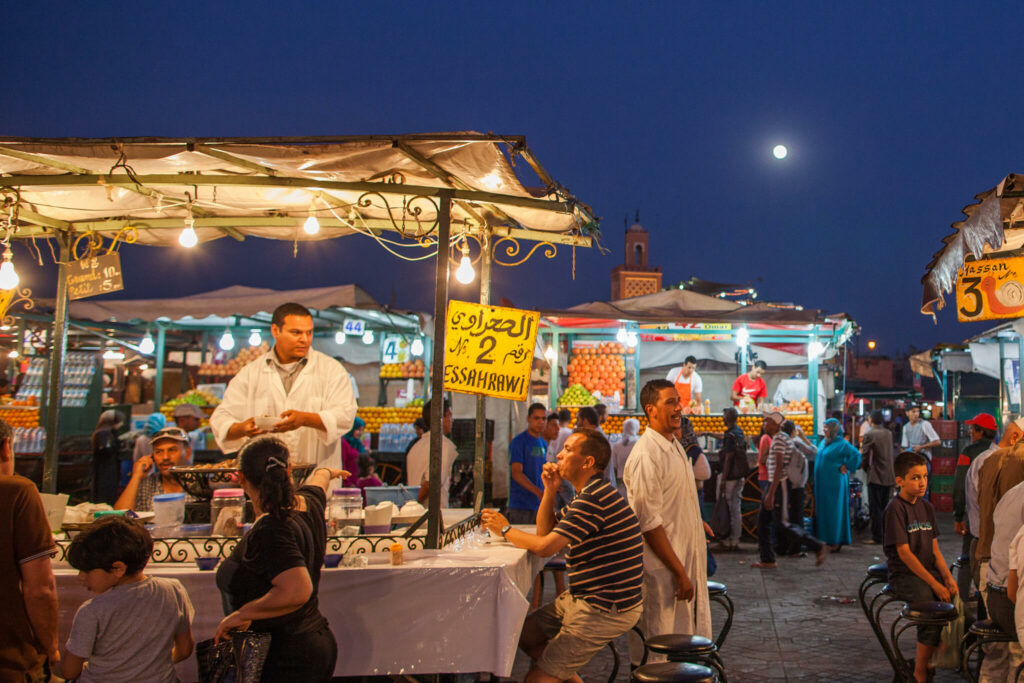
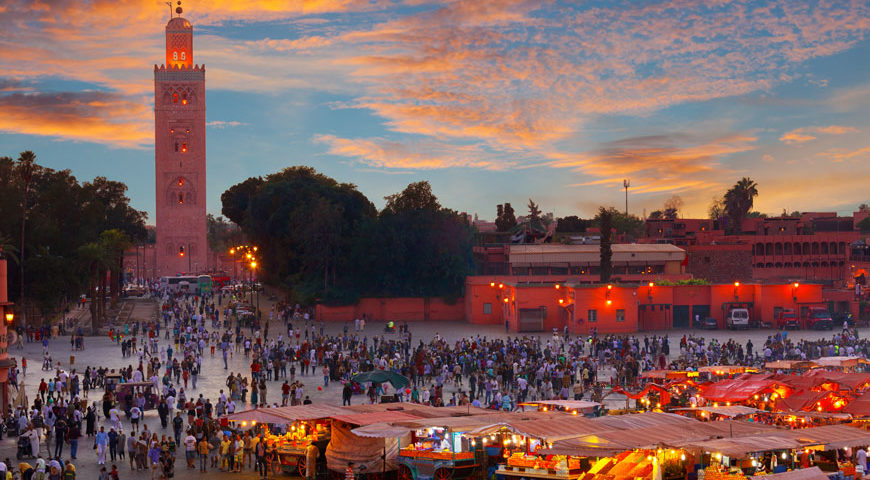
More about phototour’s destinations: https://morocco-phototours.com/about
More about Jemaa El Fna: https://en.wikipedia.org/wiki/Jemaa_el-Fnaa
